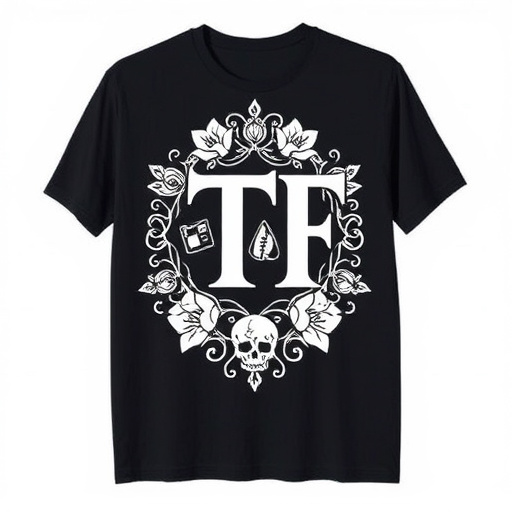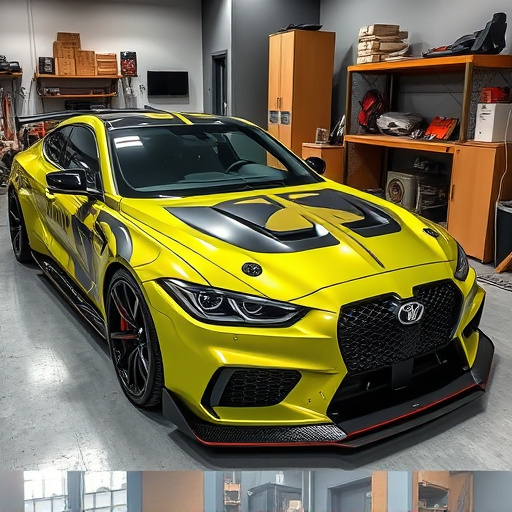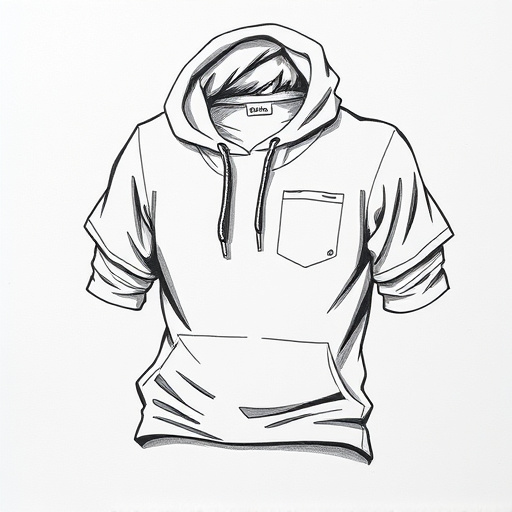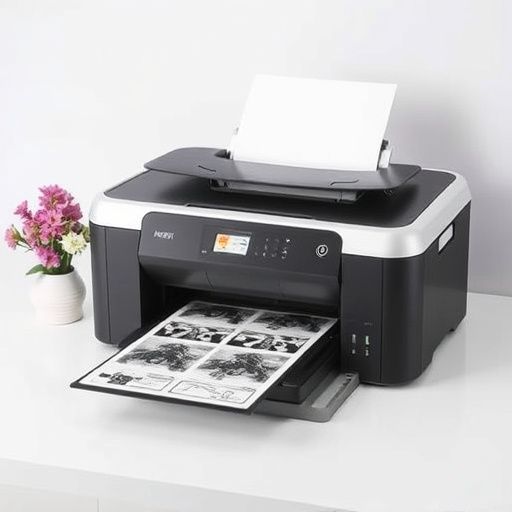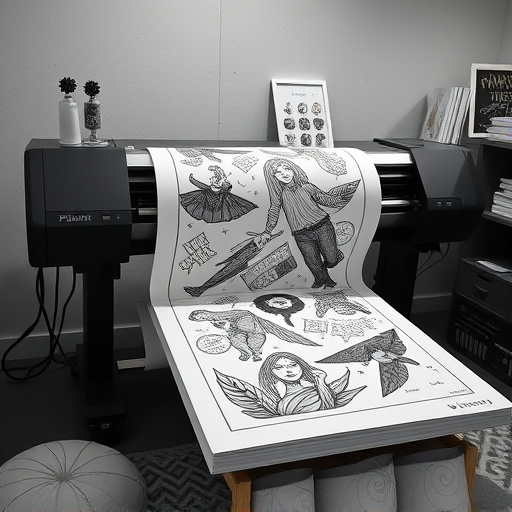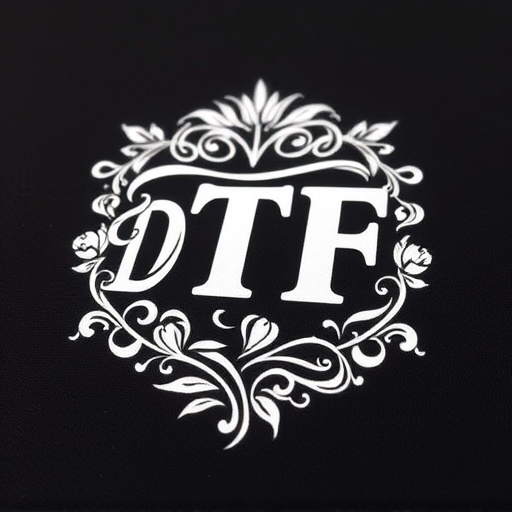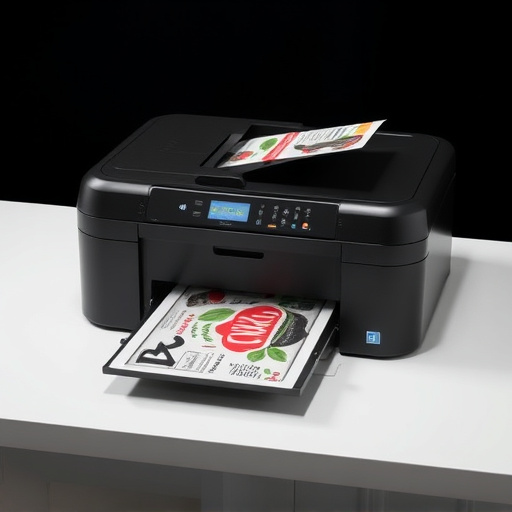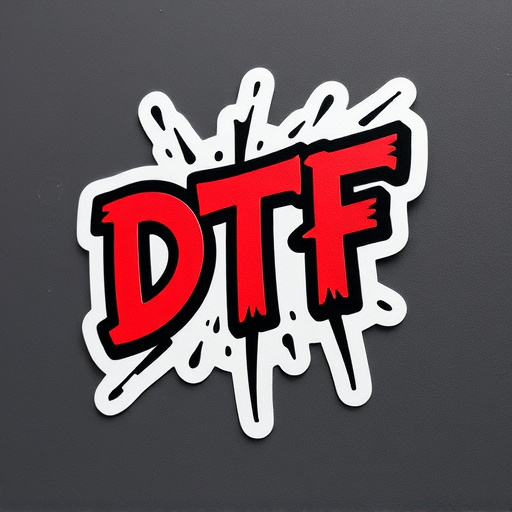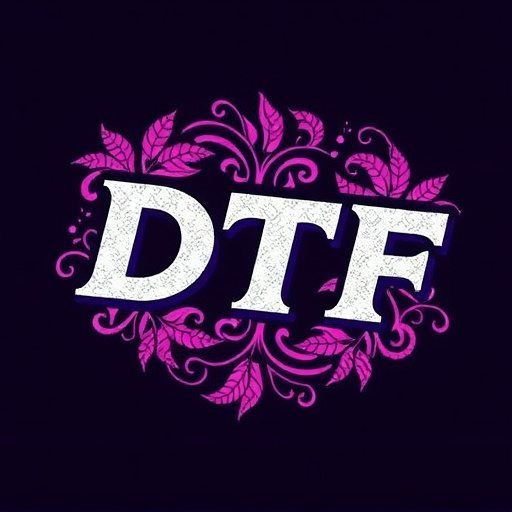DTF T-shirt printing leverages direct ink bonding for vibrant colors and durability. Designers need high-resolution (300 DPI or better) PDF/PNG artwork, inverse imaging for dark fabrics, and efficient tools like Adobe Illustrator, CorelDRAW, or specialized DTF software. Key design tips include using vivid contrasting colors, simpler details, scalable vector graphics for logos, and consistent elements for bulk production to achieve visually stunning, durable prints.
“Unleash your creativity with our expert tips on designing art for DTF (Direct to Fabric) T-shirt printing. This comprehensive guide navigates the world of DTF, from grasping the unique printing process and its requirements, to selecting the ideal design software and tools. Learn how to create vibrant, high-quality artwork that optimizes results, ensuring your designs pop on printed tees. Discover the secrets to achieving professional-grade DTF T-shirt printing.”
- Understanding DTF Printing Process and Requirements
- Choosing the Right Design Software and Tools
- Creating Vibrant and Printable Art for Optimal Results
Understanding DTF Printing Process and Requirements
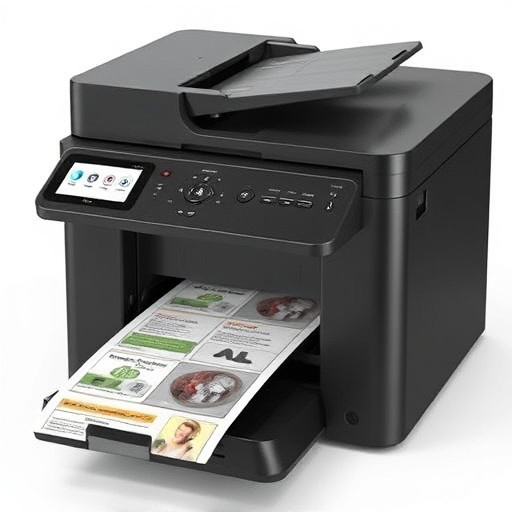
Understanding DTF Printing Process and Requirements
DTF (Direct-to-Fabric) T-shirt printing is a cutting-edge method that allows for precise, high-quality design application on textiles. Unlike traditional printing techniques, DTF printing directly bonds ink to the fabric surface, ensuring vibrant colors and durable results. For optimal outcomes, designers should be aware of specific requirements unique to this process. The key lies in preparing digital art that aligns with the capabilities of DTF printers.
Resolution and file formats play a crucial role; high-resolution artwork (300 DPI or better) in compatible formats like PDF or PNG guarantees precise color reproduction. Additionally, when designing for dark fabrics using DTF printing, considerations such as inverse imaging are essential. Inverting your design ensures that the ink adheres properly to darker surfaces. Cold peel dtf transfers, a feature of modern DTF printers, enable easy removal of excess transfer paper, simplifying the process and enhancing overall efficiency.
Choosing the Right Design Software and Tools
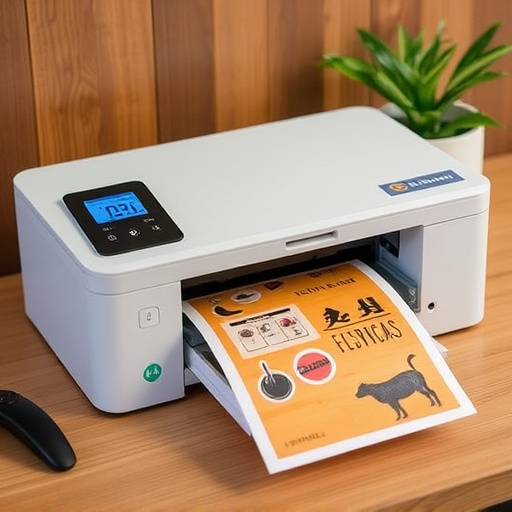
When designing art for DTF T-shirt printing, selecting the appropriate software and tools is a crucial step. Opt for programs that are compatible with DTF transfer techniques, ensuring seamless integration from design to print. Vector graphic editors like Adobe Illustrator or CorelDRAW are popular choices due to their precision in creating scalable images ideal for light fabrics. These tools allow designers to work with clean lines, vibrant colors, and intricate details, resulting in high-quality prints on various materials.
Additionally, consider utilizing specialized DTF printing software that offers features tailored for this method. Such programs often include templates and pre-set settings optimized for different fabric types, making the design process more efficient. This is particularly beneficial for beginners or those looking to streamline their workflow. Remember, the right tools can significantly enhance your ability to create stunning designs suitable for DTF printing on light fabrics using transfers.
Creating Vibrant and Printable Art for Optimal Results
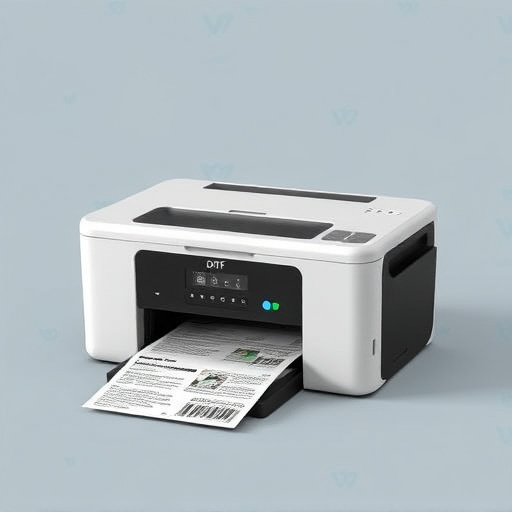
Designing art for DTF T-shirt printing requires a unique blend of creativity and technical precision to ensure vibrant, high-quality results. When creating artwork for this process, it’s crucial to consider color theory and resolution. Use vivid, contrasting colors that pop when printed on fabric. Avoid intricate details or fine lines; opt for bolder, simpler designs as these tend to reproduce better during the DTF (Direct to Fabric) printing process. For optimal visuals, aim for a minimum resolution of 300 dpi (dots per inch) to capture every detail and color shade accurately.
Moreover, understanding the purpose of your design is key. Whether it’s a logo for a clothing brand or custom t-shirts for a special event, each has its own requirements. For logos dft on clothing brands, focus on creating scalable vector graphics that can be resized without losing quality. In bulk DFT shirt production, consistent design elements and color palettes help streamline the process. Remember, the goal is to produce art that not only looks amazing but also prints clearly and durably, ensuring your custom t-shirts stand out in the market.
Designing art for DTF (Direct to Fabric) T-shirt printing can be a rewarding process, allowing you to create unique and visually appealing garments. By understanding the DTF printing process, selecting the right software, and mastering the art of vibrant design, you can achieve exceptional results. Remember, the key is to optimize your artwork for the printing method, ensuring every detail is crisp and suitable for fabric. With these tips in hand, you’re ready to embark on creating stunning DTF T-shirt prints that will leave a lasting impression.


